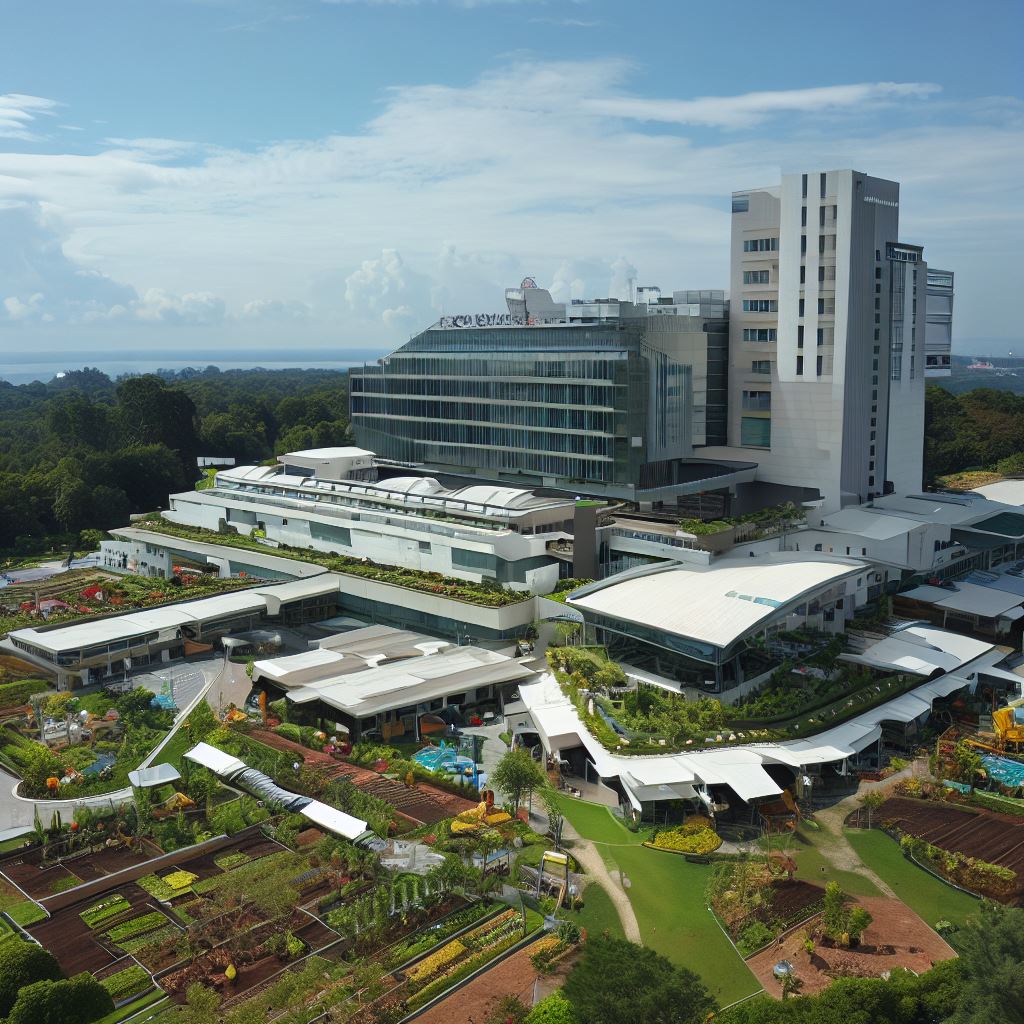September 20, 2023
The Healing Power of Community Gardens in Healthcare Facilities
The ambiance of a hospital or clinic has always been closely tied to sterile white walls, clinical settings, and the distant beep of machinery. Yet, if we pause to reconsider this atmosphere, we might find an opportunity to weave in a touch of nature’s solace. Enter the concept of community gardens within healthcare settings.
1. A Therapeutic Oasis
Anyone who’s spent time tending to plants knows the therapeutic benefits gardening offers. The act of planting, nurturing, and witnessing the growth of flora connects us to the cycles of life and the rhythms of nature. For patients, especially those dealing with prolonged illnesses or recoveries, a garden can serve as a peaceful escape—a place where they can find solace and strength amid green leaves and blooming flowers.
2. Sustainability and Fresh Produce
Healthcare facilities require vast amounts of resources. Implementing community gardens within these settings can act as a sustainable source for some food requirements. Fresh, organically grown produce can be used within the hospital’s kitchen, offering patients nutritious meals directly sourced from the garden.
3. An Educational Resource
A community garden within a healthcare setting isn’t just a source of food and solace; it can also be an educational tool. Through garden tours and workshops, patients, visitors, and staff can learn about the importance of sustainability, the basics of gardening, and the nutritional benefits of fresh produce.
4. Mental Well-being and Physical Health
Multiple studies have shown that exposure to green spaces can reduce stress, lower blood pressure, and improve mood. For healthcare staff who face demanding jobs, having access to a tranquil garden can provide the necessary mental breaks to rejuvenate and continue offering their best care.
5. Strengthening Community Bonds
Community gardens, by definition, foster community. Hospitals and clinics that establish such spaces can host events, gardening clubs, and community-driven projects. This not only strengthens ties between the facility and the local community but also offers patients a sense of belonging and purpose.
In Conclusion
As the global conversation shifts towards more holistic approaches to health and the broader role of healthcare in community well-being, integrating community gardens into healthcare facilities emerges as a forward-thinking strategy. These gardens can transform sterile medical environments into spaces that heal the body, mind, and soul, bridging the gap between clinical care and nature’s nurturing touch.

Be the first to comment